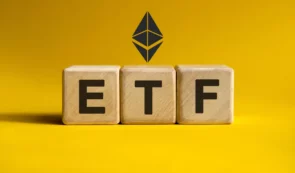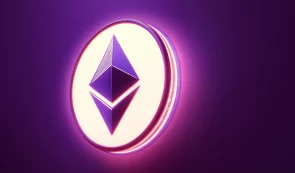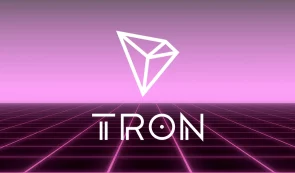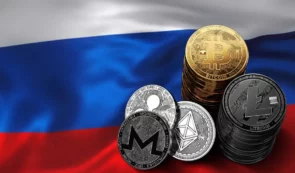Vitalik Buterin Foresees Diverse Ethereum Layer-2 Evolution

The co-founder of Ethereum, Vitalik Buterin, recently highlighted the evolving landscape of the Ethereum layer-2 ecosystem.
Vitalik Buterin, the co-founder of Ethereum, recently shed light on the changing landscape within the Ethereum layer-2 ecosystem. As new scaling solutions emerge, Buterin anticipates a diverse array of layer 2 designs arising, each tailored to specific security and cost trade-offs.
Different layer-2 structures such as rollups, validiums, and sidechains offer varying balances between decentralization, security, and scalability. While financial applications prioritize robust security, sectors like social media and gaming are more open to some downtime in exchange for reduced fees.
Projects transitioning from independent layer-1s to Ethereum layer-2s are advised to follow a phased approach. Rapidly shifting all activities to a rollup might affect usability, while delaying the transition risks missing opportunities. Balancing decentralization and throughput is crucial for both centralized projects and specialized layer 1s.
Validiums use zero-knowledge proofs for accurate computation without directly storing all data on Ethereum, providing cost efficiency compared to rollups. However, they face data availability risks if operators fail to provide necessary data. Rollups prioritize user accessibility by ensuring seamless fund withdrawals to the Ethereum mainnet.
READ MORE: Saudi Arabia’s Economy Responds to Oil Strategy with Diverse Growth
Sidechains, although disconnected, offer lower costs but rely on trust in a limited set of validators. New hybrid models, like validiums allowing periodic Ethereum data availability payments, are also emerging.
Close connections to Ethereum are crucial for external chains, minimizing security risks when bridging Ethereum-native assets. Buterin emphasizes the importance of synchronizing with Ethereum’s finalized blocks, though this sacrifices functionality during periods of low finality.
As projects gradually strengthen their bonds with Ethereum over time, they will continue tailoring solutions based on their distinct security, scalability, and decentralization needs.
















